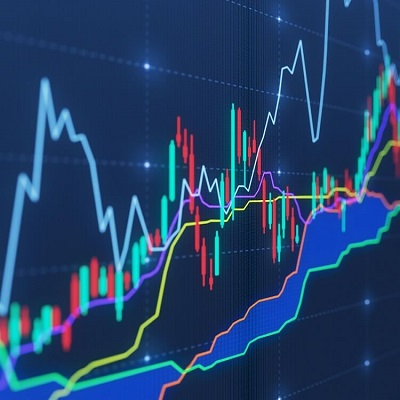
Australian investors pump billions into equity funds as hopes rise for an end to the pandemic
Australian investors pumped A$9.5bn into equity funds in the last twelve months, according to the first quarterly Fund Flow Index (FFI) from Calastone, the largest global funds network. Calastone’s FFI analyses the millions of trades investors place in Australia’s managed funds.
Since the shock global stock market crash that accompanied the economic stoppages sweeping the world in March 2020, investors have poured money into equity funds. Inflows peaked in November and December on the back of vaccine euphoria. And although a third wave of infection in the northern hemisphere took some of the shine off inflows in January, evidence that the most advanced vaccine rollouts are successfully quelling the epidemic in countries like Israel, the UK and US, has since driven rising volumes of inflows to equity funds in Australia and elsewhere.
Equity funds garnered A$3.0bn of new capital in the first quarter of 2021, almost half of it in March alone. Australians have been so bullish that they added more capital to equity funds in February and March this year than they did in all of 2019.
As well as measuring the value of inflows and outflows, Calastone’s Index attributes a score that measures the sentiment of investors. This score (the FFI) compares the net inflow or outflow to the total turnover (the combined value of redemptions and applications). The more buys outweigh sells, the closer to 100 the Index will score the inflow. If buys equal sells, the score is 50.
Over the last six months Calastone’s FFI:Equity in Australia has averaged 60.1, meaning that buys in this market have outweighed sells 1.5:1. This is an extremely high reading for an asset class as large and well established as equity funds. In the UK, for example, Calastone’s FFI:Equity has been just 53 over the same period and was considered very positive for equity funds there.
The buying is not indiscriminate, however. Australians have especially favoured global equity funds and funds focused on Australian equities. Specialist sector funds and emerging markets have also seen good demand. Meanwhile, investors have consistently withdrawn money from equity income funds which have been hit by the unprecedented dividend cuts of the last year in Australia, Europe and the UK in particular. Sell orders for equity income funds have outgunned buy orders more than 2:1 since April last year. These funds had seen outflows for nine consecutive months by the end of March. Investors have shunned European equity funds too, though these are a small category for investors here.
Calastone is also seeing evidence of greater switching between funds in recent months. Turnover (applications plus redemptions) has risen and over the last six months was over a third (35%) higher on average that it was in 2019. In March 2021 turnover reached a record A$7.0bn.
Ross Fox, Head of Australia and New Zealand at Calastone said, “Almost every trade in Australian mutual funds passes across Calastone’s network so we are uniquely placed to take the temperature of Australian investors.
“The government’s stimulus measures have provided unprecedented support to the Australian economy while the Reserve Bank’s quantitative easing has suppressed interest rates to record lows. With authorities all round the world pursuing similar policies, the resulting stock market boom has sucked in massive amounts of new capital to equity funds.
“The preference for global and Australian equity funds reflects investor judgement that this country will join the global economic leaders as the pandemic comes to an end. Booming commodity prices that are especially positive for Australian share prices and the economy here are clear evidence that this judgement is already proving right. The sharp increase in the Australian dollar over the last year is also a vote of confidence in the country’s near-term prospects.
“Stirrings in the bond markets which have seen yields rising sharply this year are causing a significant rotation in equity markets, and by extension in funds. Big tech has come off the boil as its ‘jam tomorrow’ valuations get impacted by higher long-bond yields, while stocks typically considered ‘value’ like mining companies have proven more attractive again. All this is driving higher trading volumes in funds as investors switch from one investment style to another, rather than simply adding new cash to their holdings,” Mr Fox said.


